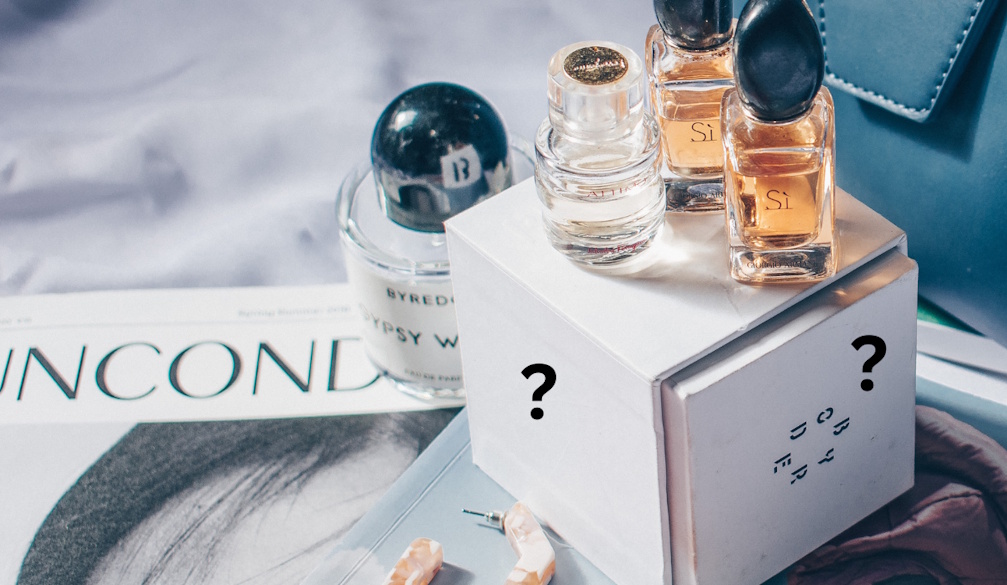Modelling tells us the coronavirus app will need a big take-up, economics tells us how to get it
- Written by Richard Holden, Professor of Economics, UNSW

With Australia’s test-confirmed daily COVID-19 infection rates continuing to fall to relatively low levels, there is considerable discussion about when and how the successful containment measures might be relaxed.
There are four key prerequisites for relaxation:
the daily infection rate needs to be very low – perhaps in the single digits per day, unless we are pursuing a pure “elimination strategy” which would require zero
more testing. Experts at Harvard University[1] say we would need 150 tests per 100,000 people a day. In NSW we test a third as much
more personal protective equipment for front-line medical staff
widespread and effective contact tracing to ensure we can quickly respond to second-wave outbreaks.
Contact tracing is extremely challenging when done manually. Asking people to keep a diary of where they have been is outdated.
The ubiquity of mobile phones offers a smarter and vastly more effective way to contact trace – at least in principle.
The Australian government has been exploring that path, and hopes to release an app within weeks based on the one used in Singapore – TraceTogether[2].
According to its website:
TraceTogether uses received signal strength indicator (RSSI) values to measure the signal strength between phones. Calibrated RSSI values are used to estimate approximate distance between users during an encounter. TraceTogether interpolates between successive communications in order to estimate the approximate duration of an encounter
These data are stored on a user’s own device and deleted on a 21-day rolling basis.
To alleviate privacy concerns, no location data is stored, and the “contact data” can be sent only to state health departments and only if needed – such as after a contact tests positive for COVID-19.
Read more: The coronavirus contact tracing app won't log your location, but it will reveal who you hang out with[3]
We’ll need an 80% take-up rate
Prime Minister Scott Morrison says the required target take-up rate is 40%. But mathematics suggests that’s too low to provide the tracing needed.
What are the odds a random person in the population who has COVID-19 has the app and that a person in contact with them also has the app?
It’s 40% times 40%, which is 16% – pretty low.
In Singapore, about 20%[4] of the population have downloaded the app, meaning the “tracing odds” are 20% times 20%, which 4% – which isn’t great at all.
Read more: Coronavirus contact-tracing apps: most of us won’t cooperate unless everyone does[5]
Researchers at Oxford University have calculated a take-up rate of 80%[6] of all phone users (or 56% of the population overall) is needed to reliably suppress an epidemic.
How could we get it in Australia?
To get it, we’ll need incentives
The obvious way to would be to mandate its use. That’s how compulsory voting works. But Morrison has ruled that out[7].
As an economist, I should observe that another obvious (if less effective) means would be to provide incentives.
Joshua Gans and I advocated[8] such an approach earlier this week.
People who install and use the app could, for example, be given a A$10 rebate on their monthly phone bill (a carrot). People who do not could be denied access to public places such as shopping centres and parks (a stick).
Perhaps even group incentives
The prime minister has suggested relaxing containment measures might be conditional on a certain take-up rate, suggesting another, complementary, approach – group incentives.
Imagine that any relaxation of current containment measures required a 40% take-up rate. There would be peer pressure to “do the right thing” for the whole community.
Read more: Is the government's coronavirus app a risk to privacy?[9]
The higher the take-up, the safer it would be to lift additional restrictions.
Maybe pubs could open, with four-square-metre social distancing rules in place, if the take-up was 60%.
Perhaps with evidence of the virus remaining under control for an extended period, social-distancing measures could be relaxed further at an 80% to 90% take-up rate.
It’d be up to us
We would be deciding whether to do our part and sign up for the app. We would be weighing the benefits for the community against personal privacy concerns.
Admonitions are unlikely to be enough. We’ll need nudges.
If the government is serious about take-up it will make those nudges, both direct and indirect. We care about society as a whole. We are likely to weigh that up against what it costs us to do our bit.
References
- ^ Harvard University (www.nytimes.com)
- ^ TraceTogether (tracetogether.zendesk.com)
- ^ The coronavirus contact tracing app won't log your location, but it will reveal who you hang out with (theconversation.com)
- ^ 20% (www.tracetogether.gov.sg)
- ^ Coronavirus contact-tracing apps: most of us won’t cooperate unless everyone does (theconversation.com)
- ^ a take-up rate of 80% (cdn.theconversation.com)
- ^ ruled that out (twitter.com)
- ^ advocated (www.afr.com)
- ^ Is the government's coronavirus app a risk to privacy? (theconversation.com)
Authors: Richard Holden, Professor of Economics, UNSW














